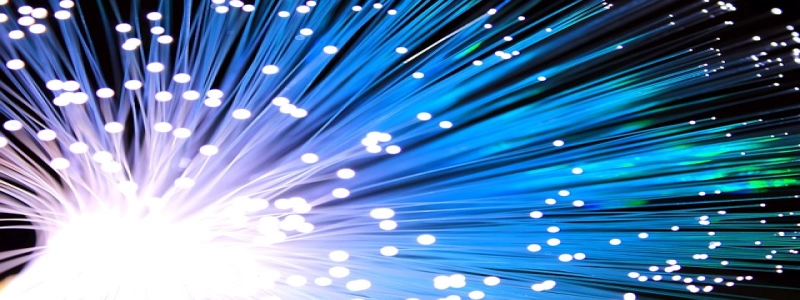[code]Transceiver SFP: Everything You Need to Know[/code]
[title]Introduction[/title]
The transceiver SFP, short for Small Form-factor Pluggable, is a compact and hot-swappable optical module used in networking and communication devices. It is widely used in data centers, telecommunications networks, and other high-speed connectivity applications. In this article, we will explore the features, types, and advantages of transceiver SFPs.
[title]Features[/title]
[subtitle]1. Small Form-factor[/subtitle]
Transceiver SFPs are designed to have a small form-factor, making them compatible with various types of equipment such as switches, routers, and network interface cards. This compact size allows for more efficient use of space within data centers and network cabinets.
[subtitle]2. Hot-swappable[/subtitle]
Transceiver SFPs are hot-swappable, which means they can be inserted or removed from a device without powering it down. This feature enables easy and quick replacement or upgrade of optical modules without disrupting the operation of the network.
[subtitle]3. High-speed Connectivity[/subtitle]
Transceiver SFPs support high-speed connectivity options such as Gigabit Ethernet, 10 Gigabit Ethernet, 40 Gigabit Ethernet, and even 100 Gigabit Ethernet, depending on the type and specification of the SFP. This allows for fast and reliable data transmission speeds over short and long distances.
[title]Types of Transceiver SFPs[/title]
[subtitle]1. Single-mode SFP[/subtitle]
Single-mode SFPs are designed for long-range transmission and are suitable for applications that require data transmission over greater distances. They use a laser as the light source and can transmit data up to several kilometers.
[subtitle]2. Multi-mode SFP[/subtitle]
Multi-mode SFPs are designed for short-range transmission and are commonly used within data centers or campus networks. They use LED as the light source and transmit data up to a few hundred meters.
[subtitle]3. BiDi SFP[/subtitle]
BiDi (Bidirectional) SFPs are designed for bidirectional transmission using a single fiber strand. They can transmit and receive data on the same fiber strand by using different wavelengths. BiDi SFPs are cost-effective solutions for applications that require limited fiber resources.
[title]Advantages[/title]
Transceiver SFPs offer several advantages over traditional optical modules, including:
[subtitle]1. Cost-effective[/subtitle]
As transceiver SFPs are smaller in size and consume less power, they are more cost-effective compared to larger optical modules. This makes them an ideal choice for businesses looking to upgrade their network infrastructure without breaking the bank.
[subtitle]2. Flexibility[/subtitle]
Transceiver SFPs provide flexibility in network design and scalability. Their hot-swappable nature allows for easy customization and expansion of the network based on evolving requirements. They can be easily replaced or upgraded without having to replace the entire networking equipment.
[subtitle]3. Compatibility[/subtitle]
Transceiver SFPs are designed to be compatible with various networking equipment, ensuring interoperability and ease of integration. They can be used with switches, routers, and network interface cards from different manufacturers, providing a wide range of options for network deployment.
[title]Conclusion[/title]
Transceiver SFPs are essential components in modern networking and communication infrastructures. Their small form-factor, hot-swappable nature, and high-speed connectivity options make them a versatile choice for businesses. Whether it’s for data centers, telecommunications networks, or other high-speed applications, transceiver SFPs offer cost-effective, flexible, and compatible solutions.







